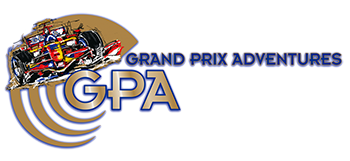The page you are looking for does not exist.
 What began as a trip for a group of friends in 2002 spawned into Grand Prix Adventures with the grain of an idea in 2003. Company researched, costed and formed in 04, we’ve now taken literally thousands of people to Grand Prix all around the world, and in particular Monaco. For more information about us.
What began as a trip for a group of friends in 2002 spawned into Grand Prix Adventures with the grain of an idea in 2003. Company researched, costed and formed in 04, we’ve now taken literally thousands of people to Grand Prix all around the world, and in particular Monaco. For more information about us.
Kenneth McLeod
